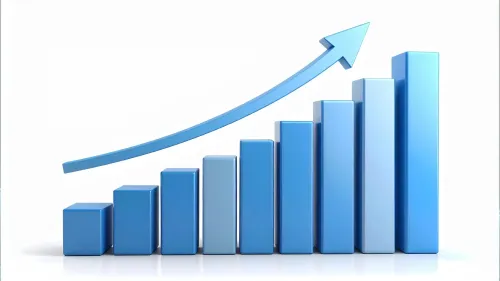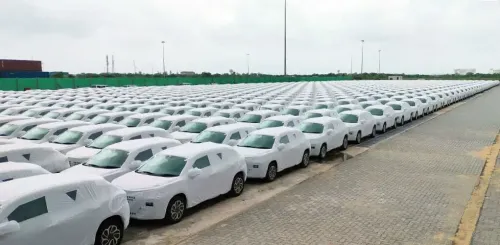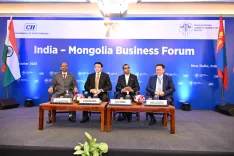Is PMAY Transforming Urban Housing with a Wealth Effect?

Synopsis
Key Takeaways
- 1.2 crore houses sanctioned under PMAY.
- 75 percent of these houses have been completed.
- Positive impact on household spending, especially among women.
- Housing benefits widely distributed across states.
- Access to subsidized housing loans enhances financial freedom.
New Delhi, Oct 15 (NationPress) Over 1.2 crore houses have been authorized under the Pradhan Mantri Awas Yojana-Urban (PMAY-U) and PMAY-U 2.0 (as of August 25), demonstrating its role as a transformative force. This scheme has emerged as a catalyst for increased discretionary and non-discretionary spending, reflecting a noted wealth effect, financial stability, and enhanced well-being, according to a report by SBI released on Wednesday.
Out of the total sanctioned houses, the construction of 75 percent has been finalized.
“Most states exhibit a progress rate exceeding 75 percent, although certain states like Andhra Pradesh, Bihar, and Haryana show less than 60 percent progress,” stated Dr. Soumya Kanti Ghosh, Group Chief Economic Advisor at the State Bank of India (SBI).
Launched on September 1, 2024, PMAY-U 2.0 aims to offer Central Assistance to 1 crore eligible urban families, ensuring that the urban populace experiences an enhanced quality of life.
Families classified under the EWS, LIG, and MIG categories residing in urban areas without a pucca house can buy or build a home through PMAY-U 2.0.
The normalized Shannon entropy score stands at 0.84, indicating a balanced distribution in housing construction through PMAY. This shows that housing benefits are widely shared among states, with even low-income regions actively participating in the process. Shannon entropy measures the uncertainty in outcomes of random variables.
The report highlights a positive shift in household spending patterns, both in discretionary and non-discretionary spending, including debit card and UPI transactions.
“Increased debit card spending is observed among households at the lower end of the spending spectrum, suggesting that access to subsidized housing loans grants them greater financial freedom. Although part of the loan is allocated for construction, these families perceive a wealth effect as their housing expenditures are lower than market rates,” it further elaborated.
Households in the lowest 25 percent of spending primarily use traditional methods like debit cards for their expenses.
The impact on discretionary household spending following the PMAY installment is notably greater for women borrowers. There’s a visible surge in UPI spending across all age groups in urban and semi-urban areas, the report concluded.









